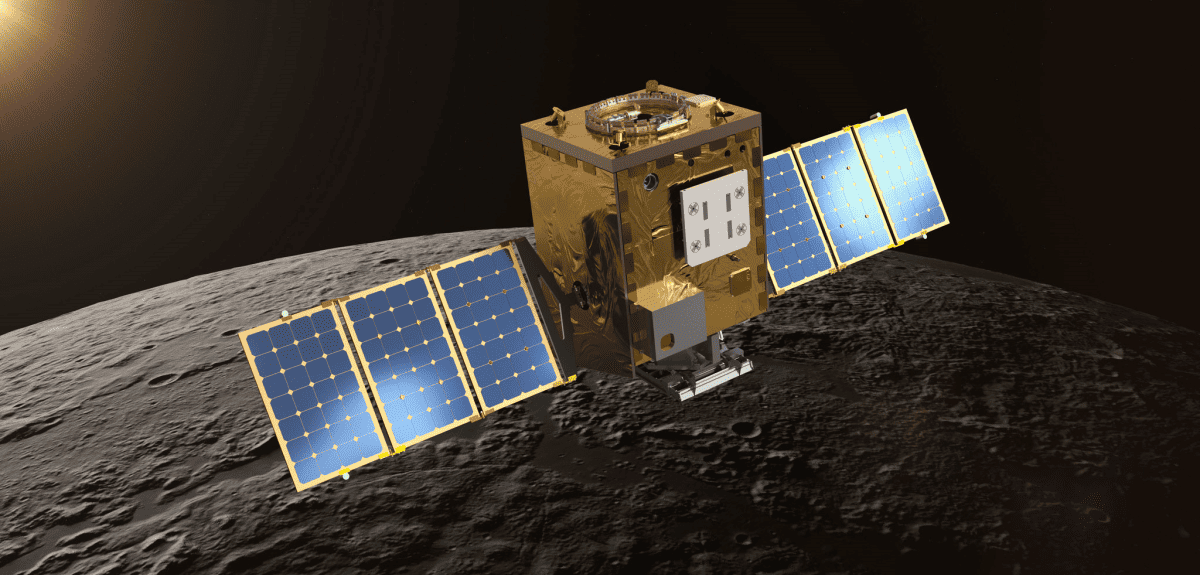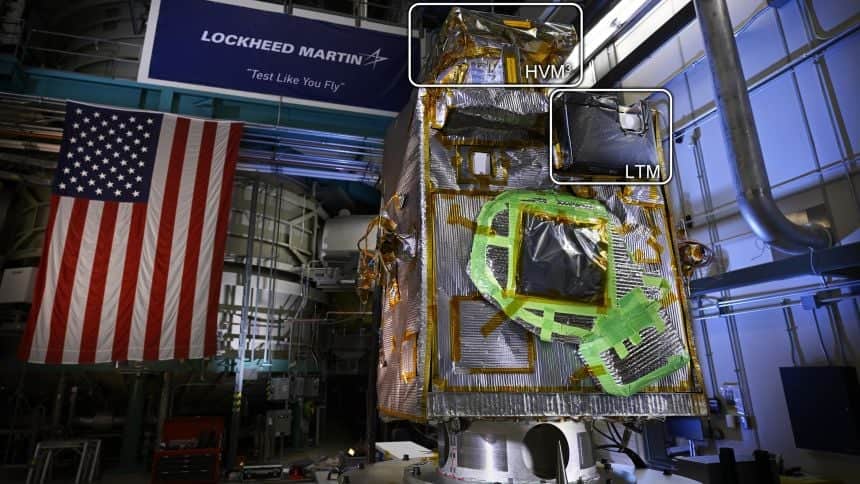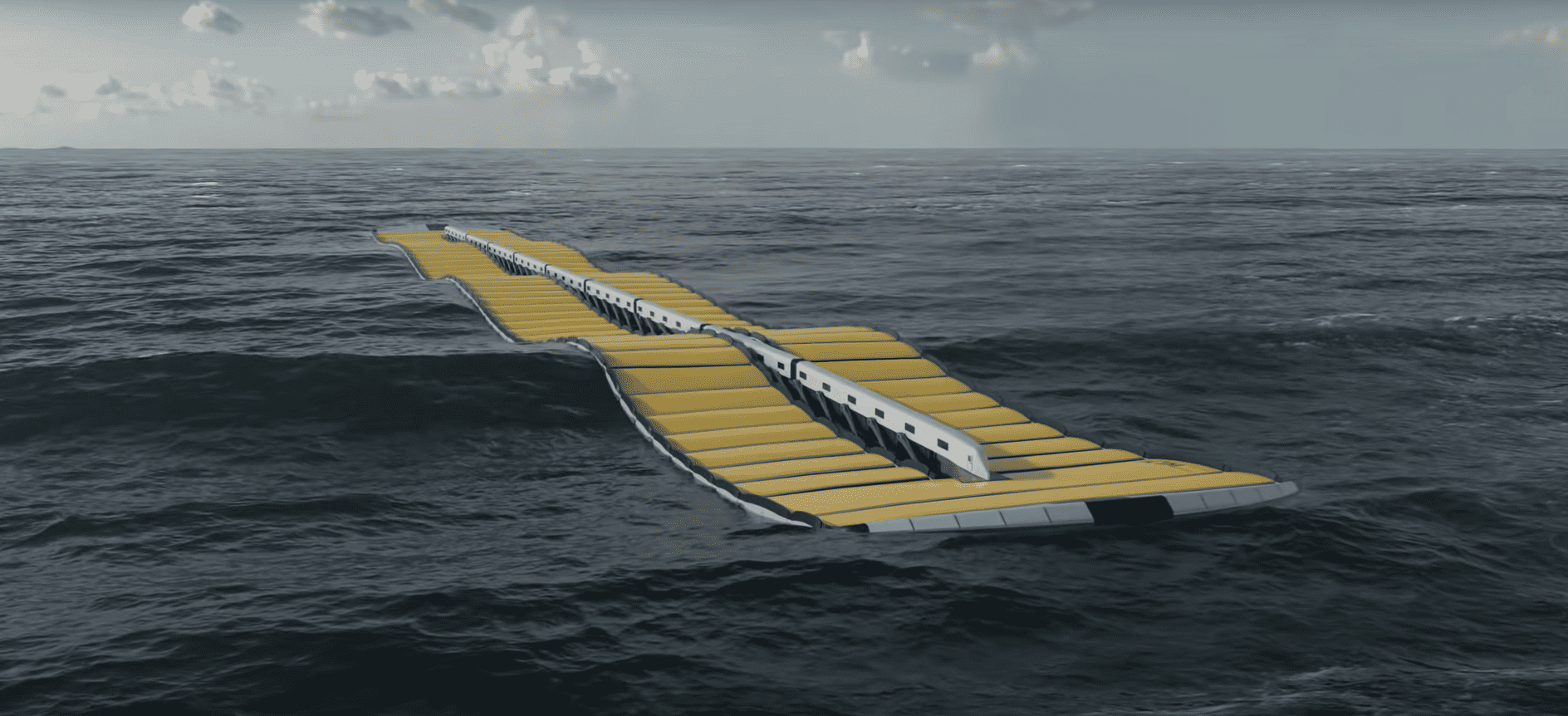
As the countdown for the 2024 launch of NASA’s Lunar Trailblazer mission begins, an air of anticipation surrounds the scientists and engineers at the University of Oxford’s Department of Physics. Their creation, the Lunar Thermal Mapper (LTM), is set to play a stellar role in this mission, mapping the surface temperature and composition of the Moon, and casting new light on lunar mysteries.
- NASA’s Lunar Trailblazer mission, set to launch in 2024, will map the Moon’s surface temperature and composition to understand the abundance and location of lunar water.
- The mission includes two key instruments – the Lunar Thermal Mapper built by Oxford University and the High-resolution Volatiles and Minerals Moon Mapper by JPL.
- The data collected will reveal new insights about lunar water sources, informing future robotic and human exploration on the Moon.
The LTM, along with NASA’s High-resolution Volatiles and Minerals Moon Mapper (HVM3), forms an integral part of the Lunar Trailblazer mission. These two instruments are expected to answer long-standing questions about water’s presence on the Moon. Is it locked inside lunar rock, or do the lunar poles hold significant quantities of water ice? These are among the queries that the LTM and HVM3 are poised to answer.
The Mission’s Objective and Components
The mission’s primary objective is to understand the abundance, location, and form of water on the Moon. The Lunar Trailblazer spacecraft, equipped with the LTM and HVM3, is set to guide future robotic and human explorations by searching for evidence of water on the lunar surface. The LTM will use infrared channels to map surface temperature and composition, while the HVM3 will detect and map the locations and abundance of water.

Answering Lunar Mysteries
NASA’s Small Innovative Missions for Planetary Exploration program selected the Lunar Trailblazer mission which is expected to launch in 2024. The data gathered during the mission is set to enhance our understanding of the water cycle on the Moon and its potential for future human and robotic exploration[2]. The Lunar Trailblazer will investigate the presence of water molecules locked inside lunar rock and regolith and water molecules that move and settle as frost in cold shadows.
Collaborative Efforts
The LTM was designed, built, and tested by the University of Oxford’s Department of Physics, with support from other UK institutions. The HVM3 instrument was provided by the Jet Propulsion Laboratory (JPL), with the spacecraft’s design, build, and flight system integration carried out by Lockheed Martin Space, Colorado. This collaborative endeavor underscores the international nature of space exploration and the sharing of scientific knowledge.

Future Expectations
With the Lunar Trailblazer mission, scientists anticipate a leap forward in understanding the lunar surface. The data collected from the mission will inform how water is transported across the lunar surface and potentially captured in cold traps near the lunar poles. Such information will be crucial for future lunar missions and the potential establishment of lunar bases.







